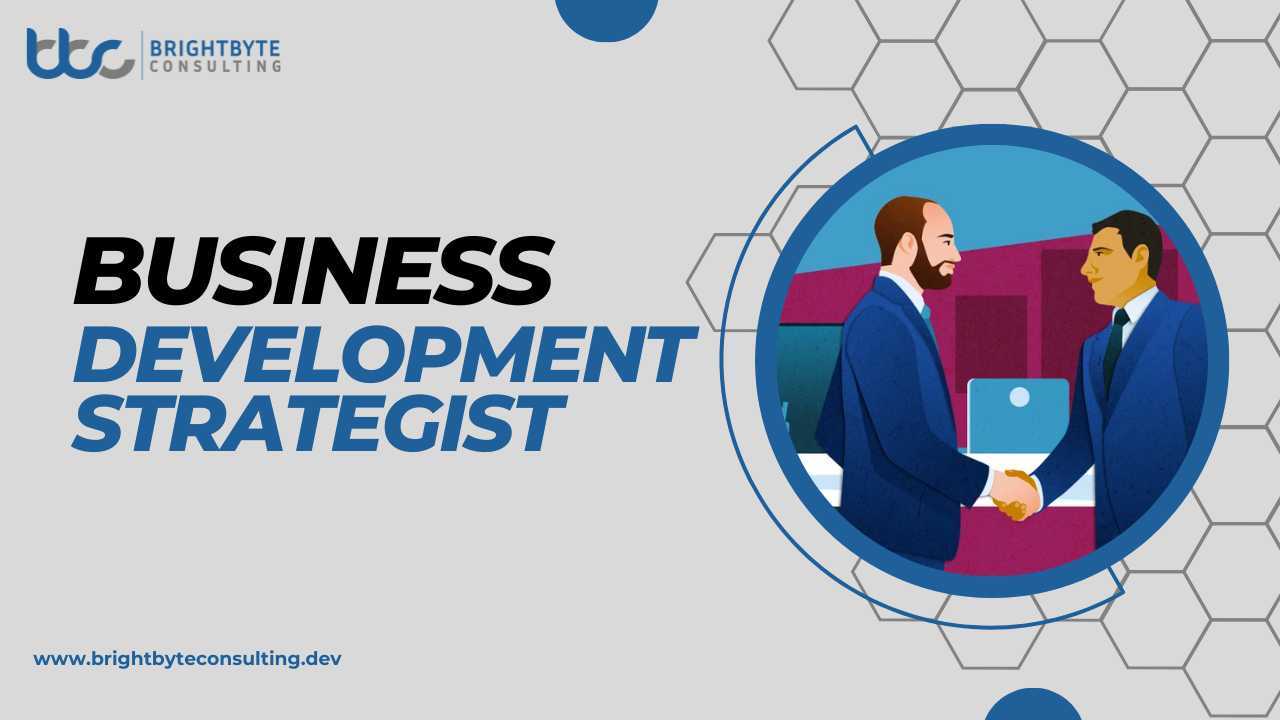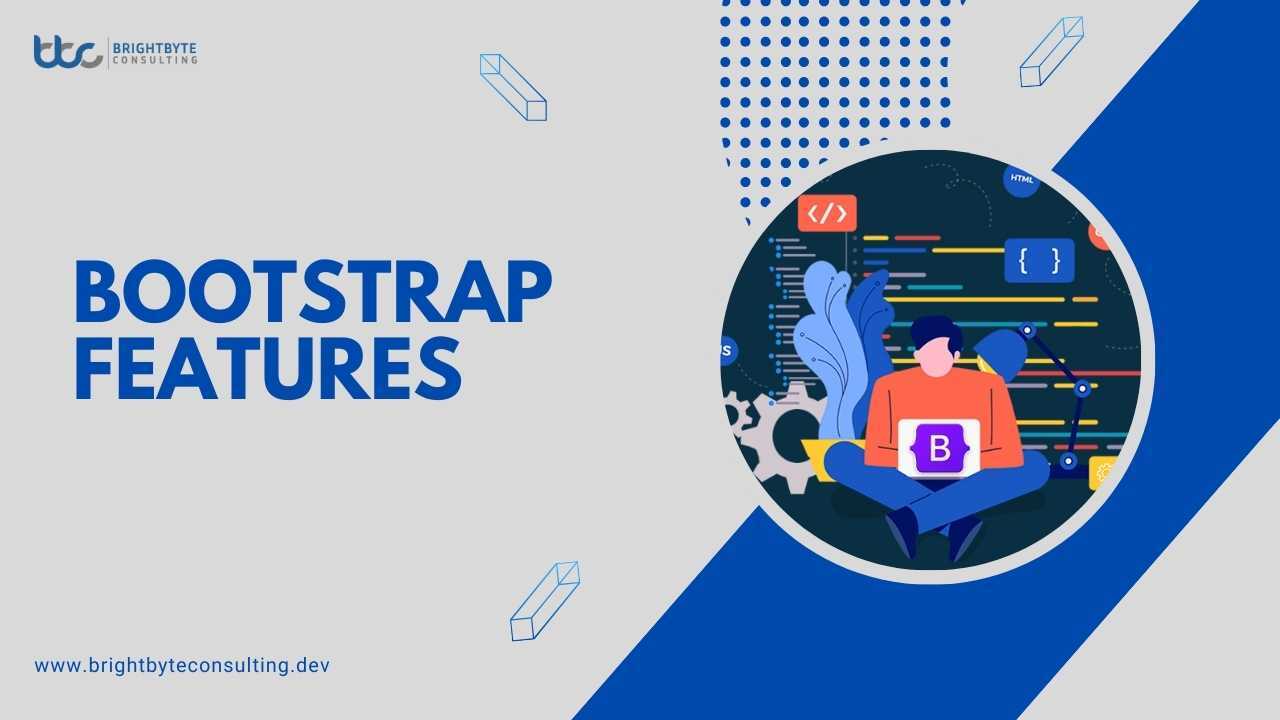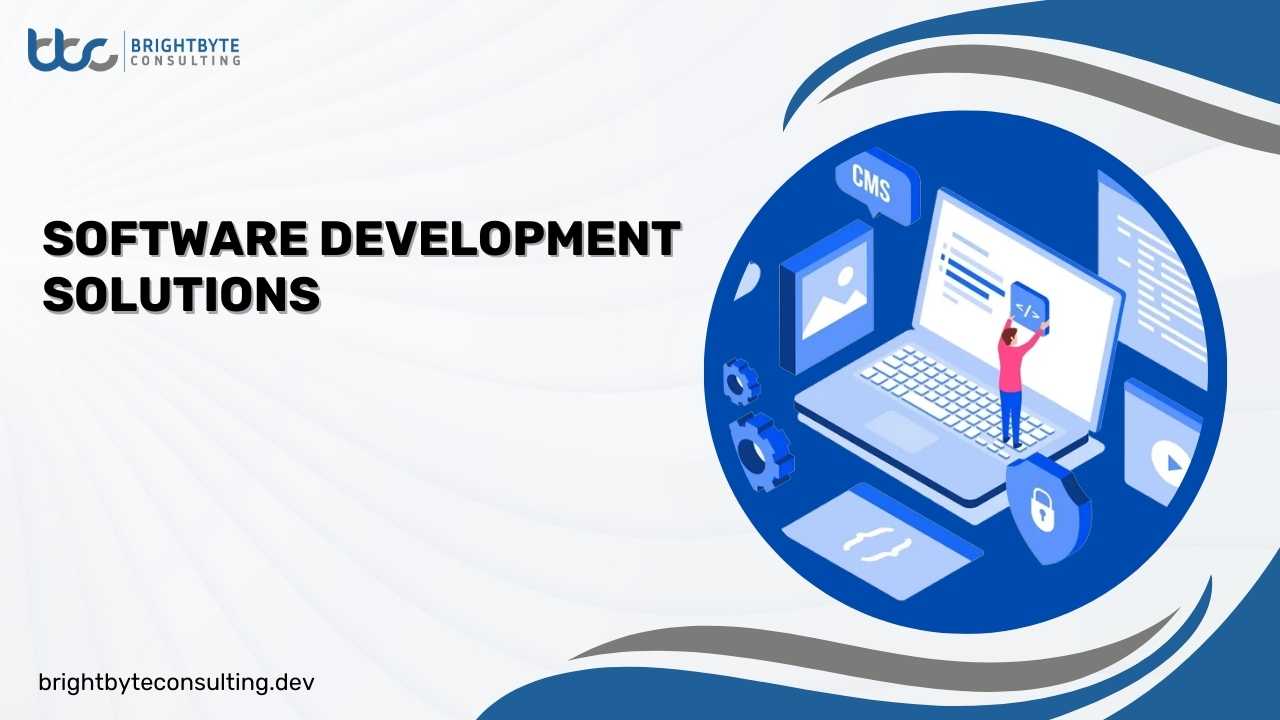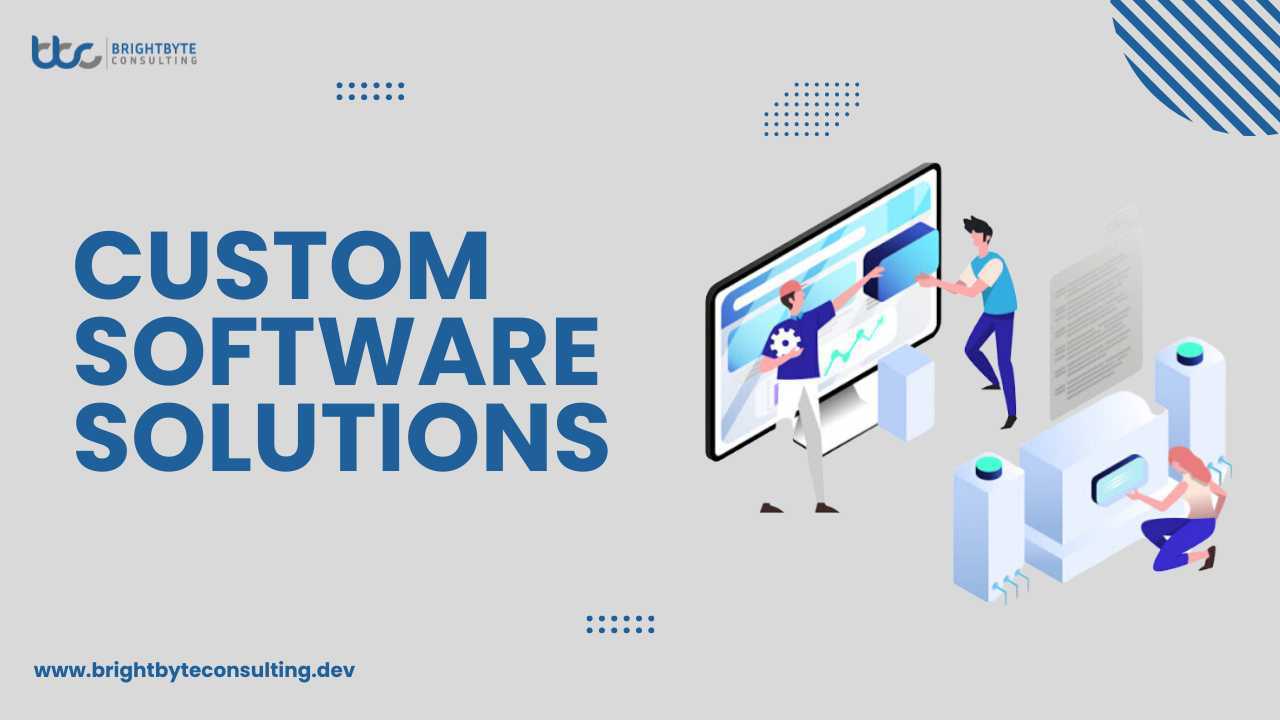The web development industry is growing rapidly, and full-stack developers are essential to its success. These skilled individuals are the jacks-of-all-trades, capable of handling both the front-end (what users see) and back-end (server-side operations) of a website or application. To excel in this role, having the right tools in your belt is crucial. This article delves into the most essential full stack developer tools of 2024, providing insights, statistics, and examples to help you choose the best ones for your needs.
What is a Full Stack Developer?
A full stack developer is a versatile programmer proficient in both front-end and back-end development. This dual expertise allows them to handle all aspects of web development, from designing user interfaces to managing databases and server infrastructure.
Front-End Development
Front-end development involves creating the visual and interactive elements of a website or web application that users interact with directly. A full stack developer should have a solid grasp of:
- HTML/CSS: These are the foundational technologies for structuring and styling web pages. HTML (HyperText Markup Language) defines the structure, while CSS (Cascading Style Sheets) handles the presentation.
- JavaScript: A key programming language for adding interactivity and dynamic behavior to web pages. Full stack developer tools are modern JavaScript frameworks and libraries such as React.js, Angular, or Vue.js to streamline development.
- Responsive Design: Ensuring that web applications work well on various devices and screen sizes is crucial. Full stack developers use frameworks like Bootstrap or CSS media queries to create responsive designs.
Back-End Development
Back-end development focuses on the server-side aspects of web applications, including database interactions, server logic, and application performance. A full stack developer needs to be skilled in:
- Server-Side Languages: Common languages include JavaScript (with Node.js), Python, Ruby, PHP, Java, and C#. Each full stacks language has its own set of frameworks, such as Express.js for Node.js, Django for Python, and Ruby on Rails for Ruby.
- Databases: Managing data storage and retrieval is a critical component. Full stack developers work with both SQL databases (like MySQL, PostgreSQL) and NoSQL databases (like MongoDB, Cassandra) to store and manage data efficiently.
- Server Management: Understanding server environments and how to deploy applications is essential. This includes knowledge of web servers (like Apache, Nginx), cloud services (AWS, Azure, Google Cloud), and containerization technologies (Docker, Kubernetes).
Why Right Full Stacks Developer tools important?
Studies by Indeed show that proficiency in specific full stack developer tools can significantly impact your employability. A 2023 report found that listings mentioning “React.js” received 38% more applications compared to those without. The right tools can:
- Boost Productivity: Imagine spending hours writing repetitive code? Efficient tools automate tasks, freeing up your time for creative problem-solving.
- Enhance Code Quality: Linters and code formatters ensure clean, consistent code, reducing errors and improving maintainability.
- Facilitate Collaboration: Version control systems like Git enable seamless teamwork on projects, allowing developers to track changes and work together effectively.
Important Full Stack Developer Tools
Here we are going to discuss the more important full stack developer tools:
1. Code Editors: The Backbone of Development
Visual Studio Code (VS Code)
Widely regarded as the best code editor, Visual Studio Code offers a plethora of extensions that support various programming languages and frameworks. With features like IntelliSense, debugging, and Git integration, VS Code stands out as a must-have tool.
According to the 2023 Stack Overflow Developer Survey, 74.5% of developers prefer VS Code as their primary code editor.
Sublime Text
Known for its speed and simplicity, Sublime Text is another favorite among developers. Its powerful search and replace functionality, along with a vast array of plugins, makes it a reliable choice.
2. Version Control Systems
Git
Git remains the gold standard for version control systems. Platforms like GitHub, GitLab, and Bitbucket provide robust environments for collaboration, code review, and continuous integration.
As per GitHub’s Octoverse Report, there were over 200 million repositories on GitHub by the end of 2023, highlighting the widespread adoption of Git.
3. Development Frameworks
React.js
For front-end development, React.js continues to dominate due to its component-based architecture and virtual DOM. It allows developers to build dynamic user interfaces with ease.
For example a full stack developer creating a single-page application (SPA) can use React.js to ensure a smooth and responsive user experience.
Node.js
On the back-end, Node.js provides a runtime environment that enables JavaScript to be used for server-side scripting. Its asynchronous, event-driven architecture makes it ideal for building scalable network applications.
Node.js is used by over 50% of developers for server-side development, as per the 2023 Stack Overflow Developer Survey.
4. Databases
MongoDB
MongoDB, a NoSQL database, is favored for its flexibility and scalability. It stores data in JSON-like documents, making it a natural fit for JavaScript-based applications.
For example full stack developer building a real-time analytics application can use MongoDB to handle large volumes of unstructured data efficiently.
PostgreSQL
For those who prefer relational databases, PostgreSQL offers robust features like advanced indexing, full-text search, and support for JSON data types.
5. Containerization and Virtualization
Docker
Docker has revolutionized the way developers build, ship, and run applications. By using containerization, it ensures consistency across development, testing, and production environments.
Docker adoption has grown by 30% year-over-year, with over 11 million developers using it, according to the 2023 Docker Usage Report.
Kubernetes
For managing containerized applications at scale, Kubernetes is the go-to solution. It automates deployment, scaling, and management of containerized applications.
6. Collaboration Tools
Slack
Communication is key in any development project. Slack offers channels, direct messaging, and integration with numerous other tools, making it an essential collaboration platform.
A team of full stack developers can use Slack to discuss code, share updates, and integrate with tools like GitHub and Jenkins to streamline their workflow.
JIRA
For project management, JIRA is unparalleled. It helps in tracking issues, managing tasks, and planning sprints, ensuring that development stays on track.
7. Soft Skills
Apart from technical full stack developer tools you need to possess strong soft skills like:
- Problem-Solving
- Communication
- Project Management
Why Bright Byte Consulting?
Struggling to pick the right full stack developer tools? Bright Byte Consulting can help. Our experts will assess your needs and recommend the perfect toolkit to boost efficiency, improve code quality, and streamline collaboration. We’ll ensure your team has the future-proof full stack development tools to create exceptional web experiences. Contact Bright Byte Consulting today for a free consultation!
Conclusion
The landscape of full-stack development is brimming with various tools. This article unpacked the essential full stack developer tools, encompassing code editors, version control systems, frameworks, databases, and collaboration tools. By understanding these and wielding soft skills like problem-solving, full-stack developers can craft exceptional web experiences. Remember, the most effective toolkit empowers you to innovate and create!
FAQs
What are the benefits of using a code editor like VS Code?
VS Code offers features like code completion, debugging, and Git integration, boosting productivity and streamlining development.
Why is Git so important for full-stack developers?
Git allows for version control, enabling developers to track changes, collaborate effectively, and revert to previous versions if needed.
What makes React.js a popular choice for front-end development?
React’s component-based architecture and virtual DOM simplify building dynamic user interfaces and ensure a smooth user experience.
When would I choose MongoDB over PostgreSQL?
MongoDB’s flexibility and scalability make it ideal for storing large volumes of unstructured data, often encountered in real-time applications.
What is the advantage of using containerization with Docker?
Docker ensures consistent environments across development, testing, and production by isolating applications in containers.











